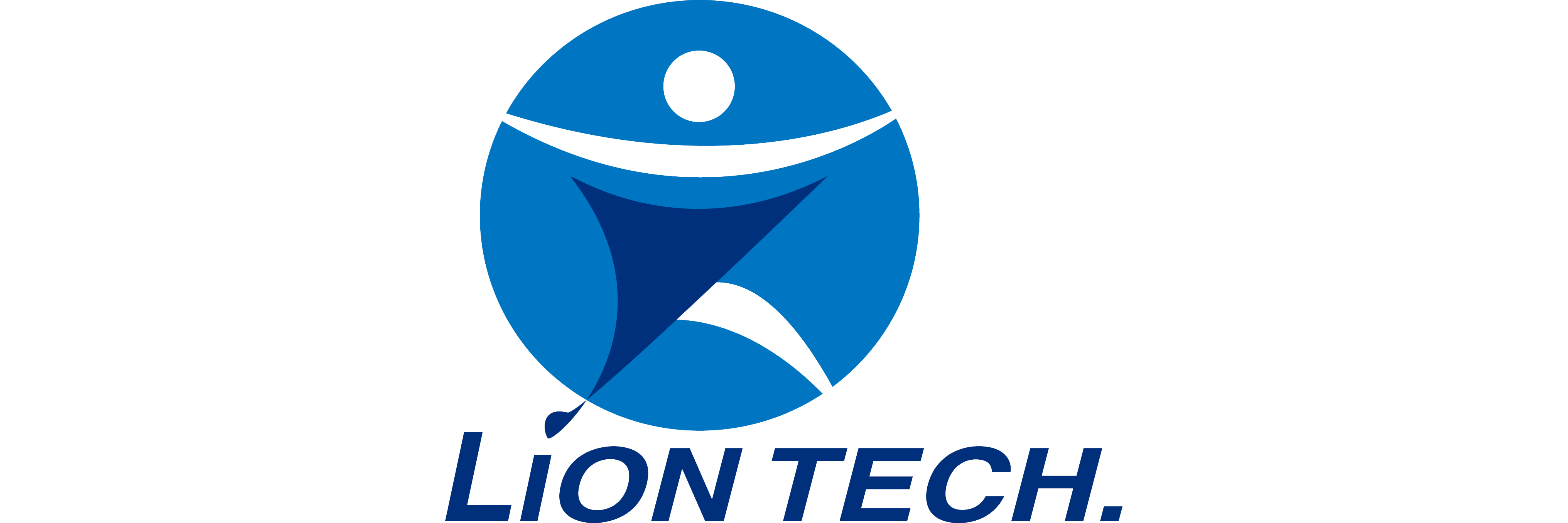REACH SVHC screening please check your products According to the Registration, Evaluation, Restriction and Authorization of Chemicals (REACH) regulations, substances of very high concern (SVHC) are hazardous substances that need to be controlled in addition to restricted substances (Appendix XVII). They are Category 1 and 2 carcinogenic, mutagenic, reproductive toxic substances (Cat. 1 and 2 CMR); persistent, bioaccumulative, toxic substances (PBT); highly persistent, bioaccumulative substances (vPvB) or substances of equal concern (e.g. endocrine disrupting substances). Due to the complexity of supply chains and production processes, SVHCs may be inadvertently introduced into a wide variety of consumer products. In order to ensure the competitiveness of products in the market, European companies have begun to require their suppliers to provide the results of testing the SVHC of their products. Authorization To encourage the use of safe and environmentally friendly chemicals, some SVHCs have been prioritized in the authorization process. Those SVHCs listed in Annex XIV will no longer be allowed to be sold on the market or imported into Europe after the date is set, unless the company has been authorized. In June 2009, the European Chemicals Agency (ECHA) will publish the authorization list for the first time and will strictly review it every two years. Notification For products containing any SVHC exceeding 0.1% (w/w) and produced or imported in total quantities exceeding 1 metric ton per year, the manufacturer or importer must notify the European Chemistry Council. The end of 2008 or
